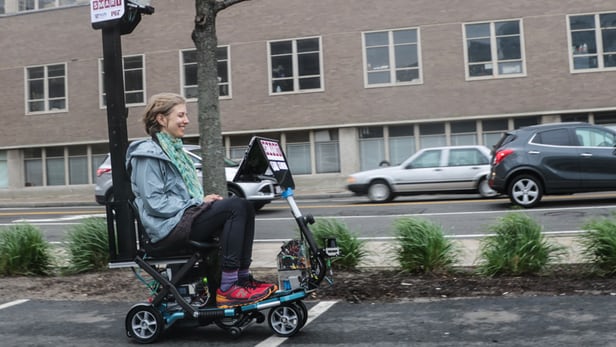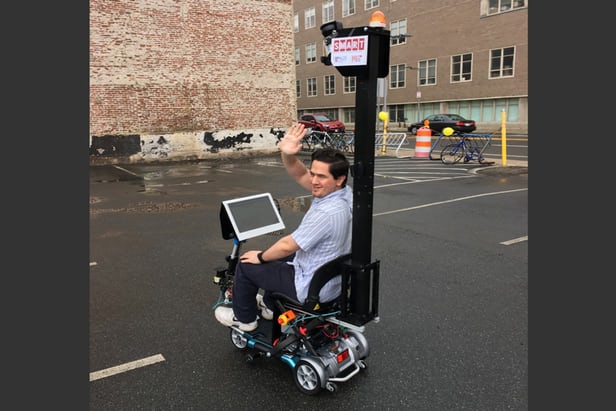Move over, autonomous cars; there are now self-driving scooters. Massachusetts Institute of Technology’s (MIT) Computer Science and Artificial Intelligence Laboratory (CSAIL) team has unveiled a driverless scooter that uses algorithms to not only allow users to sit back and ride but also can be applied across a spectrum of different vehicles. It allows those who are mobility-impaired to switch from scooters that move inside buildings to golf carts in car parks to autonomous vehicles on the road.

The device demonstrates a new comprehensive mobility system designed by CSAIL in partnership with the National University of Singapore and the Singapore-MIT Alliance for Research and Technology by using sensors and software from experiments with autonomous cars and golf carts. The researchers note that the reason they reused this configuration was to concentrate on new uniform navigation and control algorithms.
The algorithms are based on three layers of software. The first layer is made of low-level algorithms that respond quickly to changes in the vehicle’s environment in order to avoid accidents and stay on course. The second layer is composed of localization algorithms used to construct maps and navigate. The third layer is a scheduling algorithm that allows the vehicle to operate and be shared with several users.
These new algorithms work both indoors and outdoors and could even navigate through MIT’s famous Infinite Corridor, which is a straight hallway, 825 feet long, and is deemed difficult for robots to orient themselves. The algorithms in the scooter could handle it without getting lost.
As for the ambitions behind the scooter, MIT’s engineers see the development as a potential standard system for all types of autonomous vehicles. By setting this standard, users could switch from one type of ride to another, such as from a scooter to car to golf cart depending on which is most valued for the journey.
According to the team, the new algorithms are more practical for performing reliability analysis of the system’s performance. The design makes it easy to verify if the layers are properly working, is less complex, and requires no need to reinvent systems for different vehicles. Additionally, data can be transferred from one vehicle to another, and because the algorithms interact with the environment in various devices, they learn to improve their performance.

The scooter debuted in April 2016 at an event where over 100 people took part in testing the software. Before doing so, the participants were asked to rate the safety on a scale of one to five. According to the team, the scores were between an average of 3.5 and 4.6.
The team’s complete findings can be found here.
Source: News Atlas
Advertisement
Learn more about Electronic Products Magazine





